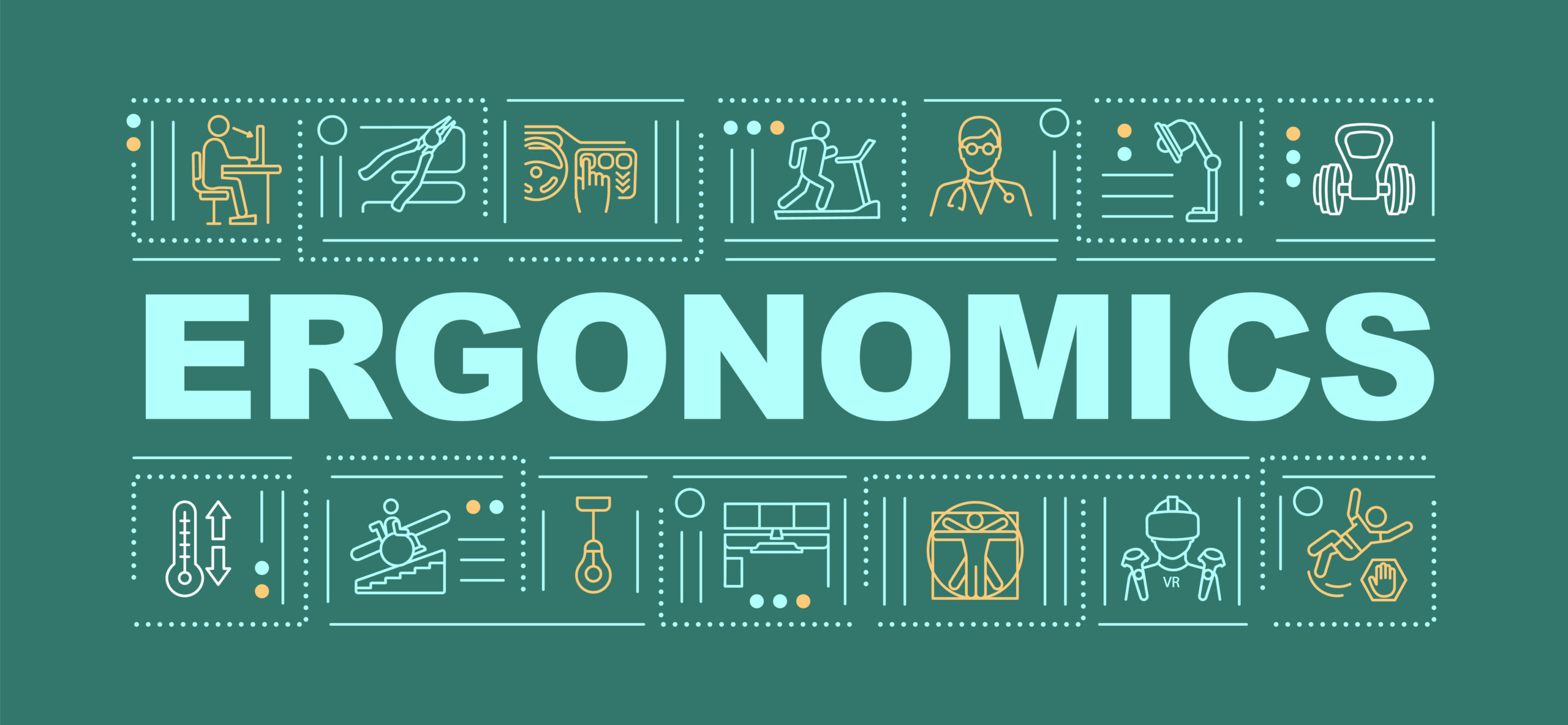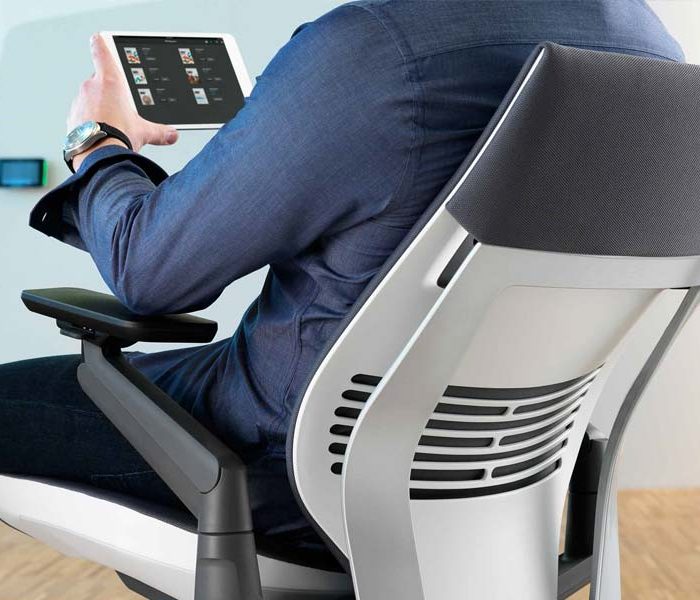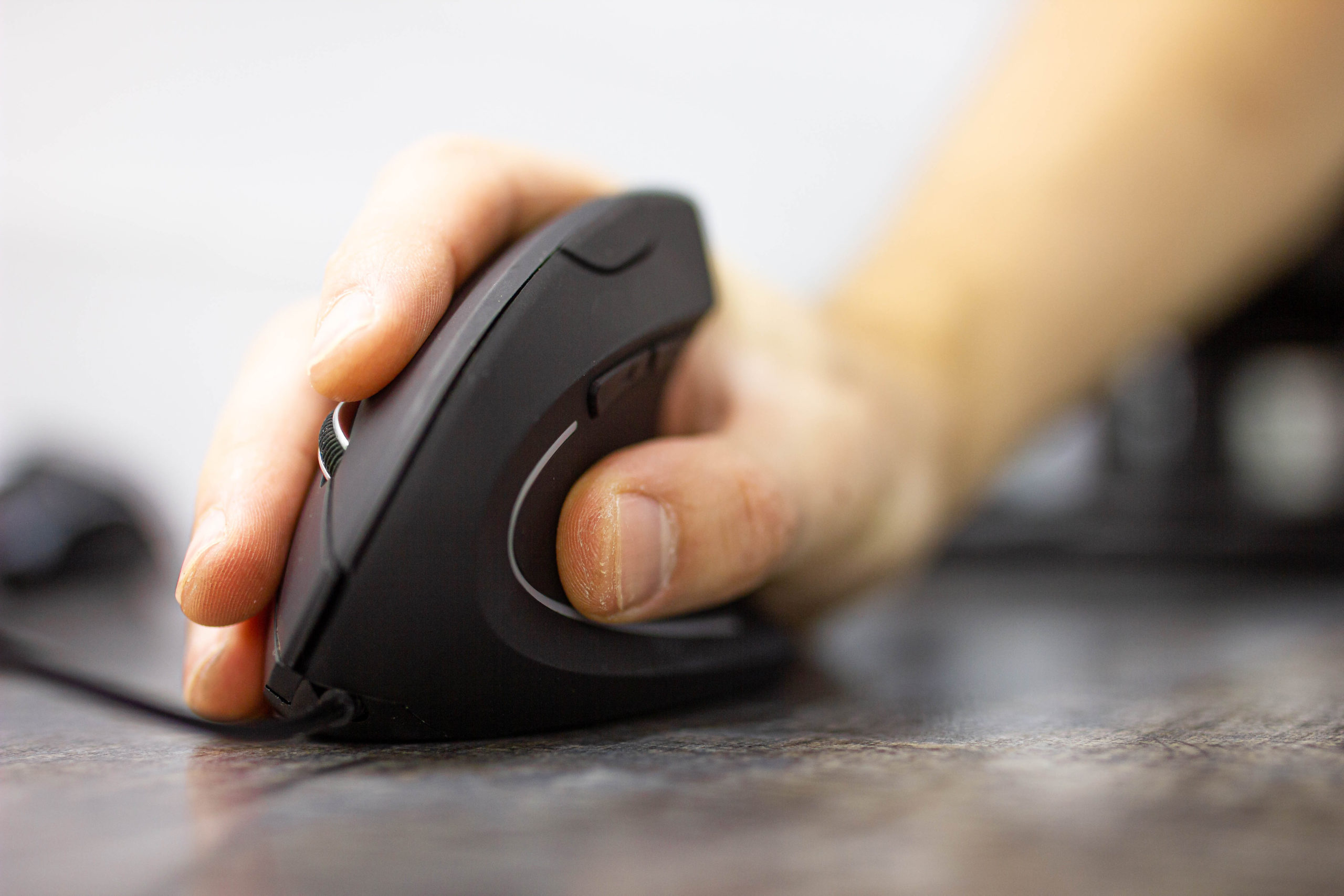Ergonomics in product design is described as the science of tailoring a workspace to the needs of the user in order to maximize productivity while decreasing discomfort. This subject combines psychology, engineering, statistics, anatomy, and physiology information to guarantee that designs complement people’s abilities and strengths while minimizing the impact of their limitations. Product ergonomics ensures that you keep the ideal seating position for lower back pain and upper back discomfort. You can sit up straight without straining your back and glance at the computer without straining your eyes or neck. Also, it reduces the strain on the eyes and on the neck as well.
You’ve certainly heard the phrase “ergonomic” tossed around over the years, but have you ever stopped to think about what it really means? Ergonomics is the practice of arranging or designing items, workspaces, and systems to accommodate the people who use them.
In other words, for a product or workplace to be deemed ergonomic, it must be built in a way that maximizes comfort and is customized particularly to a person’s needs. Whether it’s a chair or a keyboard, the goal should be to maximize productivity and efficiency while avoiding discomfort.
Guidelines for Creating Ergonomic Products:
Businesses all across the world are recognising the value of incorporating great ergonomics into their product designs. Here are some pointers for making the most of ergonomics in product design and development.
When designing, keep ergonomics in mind.
Ergonomics should be prioritized and incorporated into the design process early on, rather than as an afterthought. Why? Consider the following scenario: suppose you’re building a kitchen appliance for consumers. Following market research and the development of a prototype, you discover that the device causes physical discomfort and may jeopardize end-user safety during the testing stage. That implies you’ve essentially lost significant time, money, and resources building an unproductive product that will never see the light of day.
Who Is Your Target Market?
Before building a product, it is critical to obtain a thorough grasp of your intended target audience. A product built for the medical community, for example, will necessitate entirely different considerations than one designed for children. From your audience’s specific demands to their physical capabilities, approaching product design from an ergonomics perspective can ensure you build a solution that is successful, drives outcomes, and does not harm your audience.
What Do the Designs of Competitors Look Like?
Competitive research allows your organization to gain useful insight into how other companies in your industry incorporate ergonomics into their product designs. What items were a success, and why? Which products came up short? You can use your learnings to improve and adapt your design so that it appeals to your target audience.
What Have Previous Complaints Been?
Were there any issues with previous designs? What are your consumers saying about you? Regular surveys are an excellent method to acquire data on what your consumers enjoy, dislike, or would like to see from you in future design iterations – particularly when it comes to physical and psychological comfort. These insights will eventually influence how you approach future product design.



